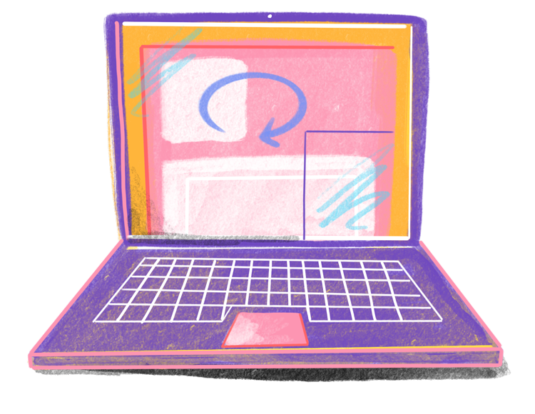Patient portals are used as a means to facilitate communication, performing administrative tasks, or accessing one’s health record. In a retrospective analysis of real-world data from the Swedish National Patient Portal 1177.se, we describe the rate of adoption over time, as well as how patterns of device usage have changed over time. In Jan 2013, 53% of all visits were made from a computer, and 38% from a mobile phone. By June 2020, 77% of all visits were made from a mobile phone and only 20% from a computer. These results underline the importance of designing responsive patient portals that allow patients to use any device without losing functionality or usability.
International Perspectives
Six countries, six individuals: resourceful patients navigating medical records in Australia, Canada, Chile, Japan, Sweden and the USA
In the absence of international standards, widely differing attitudes and laws, medical and social cultures strongly influence whether and how patients may access their medical records in various settings of care. Reviewing records, including the notes clinicians write, can help shape how people participate in their own care. Aided at times by new technologies, individual patients and care partners are repurposing existing tools and designing innovative, often ‘low-tech’ ways to collect, sort and interpret their own health information. To illustrate diverse approaches that individuals may take, six individuals from six nations offer anecdotes demonstrating how they are learning to collect, assess and benefit from their personal health information.
Patients’ access to health records
The international movement pushing to increase transparency by giving patients easy access to their health information parallels a broader shift in healthcare towards increased patient empowerment and participation.
Transparenz in der Arzt-Patienten-Kommunikation
Den Patienten den Einblick in die eigenen Gesundheitsinformationen zu gewähren, kann unter anderem ihre aktive Rolle verstärken. Sie sind daran interessiert, bei der Erstellung und Bereitstellung ihrer medizinischen Aufzeichnungen beteiligt zu werden. Da sich die Transparenz im Umgang mit medizinischen Dokumenten gegenwärtig ausbreitet, ist es wichtig, ein besseres Verständnis für Vor- und Nachteile zu gewinnen. Das gilt für Patienten und Ärzte gleichermaßen. Zudem können Zielgruppen identifiziert werden, die möglicherweise unterschiedliche Formen der Übermittlung erfordern. Weitere, vertiefende Studien sind notwendig.



